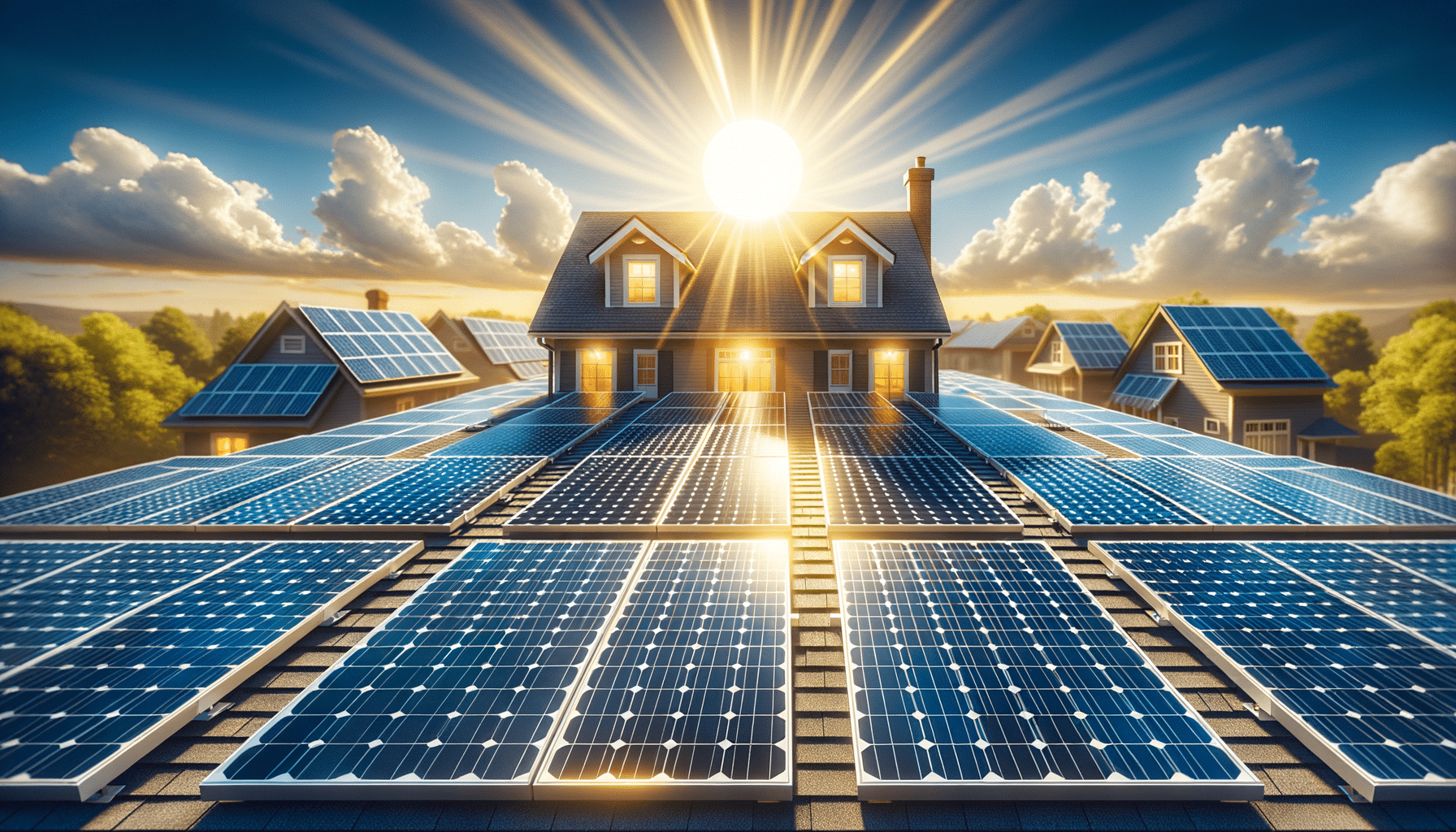
Harnessing the Sun: A Comprehensive Guide to Solar System Installation
Introduction to Solar System Installation
As the world continues to seek sustainable energy solutions, solar power emerges as a prominent contender. Solar system installation not only reduces reliance on fossil fuels but also offers a viable means to cut down on electricity costs. With the sun being an abundant and renewable energy source, harnessing its power through solar panels is an investment in both the environment and financial savings.
Solar systems convert sunlight into electricity, providing a clean energy source that can power homes and businesses. The installation process involves several steps, from planning and design to the actual setup and maintenance. Understanding these aspects is crucial for anyone considering this green energy solution.
Benefits of Solar Systems
Solar systems offer numerous advantages that make them appealing to both homeowners and businesses. One of the primary benefits is the reduction in electricity bills. By generating your own electricity, you can significantly lower or even eliminate your monthly energy expenses. This financial relief often offsets the initial investment in solar panels over time.
Moreover, solar systems contribute to environmental sustainability. They produce clean, renewable energy that reduces carbon footprints and helps combat climate change. By choosing solar power, you are supporting a transition to a more sustainable energy future.
Other benefits include energy independence and increased property value. With a solar system, you become less dependent on the grid, shielding yourself from fluctuating energy prices. Additionally, homes equipped with solar panels often see an increase in market value, making it an attractive feature for potential buyers.
Key Considerations for Installation
Before proceeding with a solar system installation, several factors need to be considered. First, assess the suitability of your property for solar panels. This involves evaluating the roof’s condition, orientation, and shading. A roof with a southern exposure and minimal shading is ideal for maximizing solar energy capture.
Next, consider the financial aspects. While the initial cost can be substantial, various incentives and financing options are available to help offset these expenses. Research local and federal incentives, such as tax credits and rebates, to make the investment more affordable.
Lastly, choose a reputable installer. A professional installation ensures that the system is set up correctly and efficiently. Look for certified installers with experience in solar energy systems to guarantee quality workmanship.
Installation Process
The installation of a solar system involves several key steps. Initially, a site assessment is conducted to evaluate the property’s potential for solar energy. This includes measuring roof dimensions, assessing shading, and determining the optimal panel placement.
Once the assessment is complete, the design phase begins. An installer will create a customized plan that outlines the system’s layout, including the number of panels and their configuration. This plan ensures that the system meets the energy needs of the property.
After design approval, the actual installation takes place. This involves mounting the panels, connecting them to the inverter, and integrating the system with the property’s electrical grid. The process typically takes a few days, depending on the system’s size and complexity.
Maintenance and Longevity
Solar systems require minimal maintenance, making them a convenient energy solution. Regular cleaning and inspections ensure optimal performance. Dust, debris, and snow can reduce efficiency, so keeping the panels clean is essential.
Most solar panels come with warranties ranging from 20 to 25 years, ensuring long-term reliability. However, the inverter, a crucial component that converts solar energy into usable electricity, may need replacement every 10 to 15 years.
Overall, with proper maintenance, a solar system can provide clean energy for decades, offering significant environmental and financial benefits over its lifespan.


